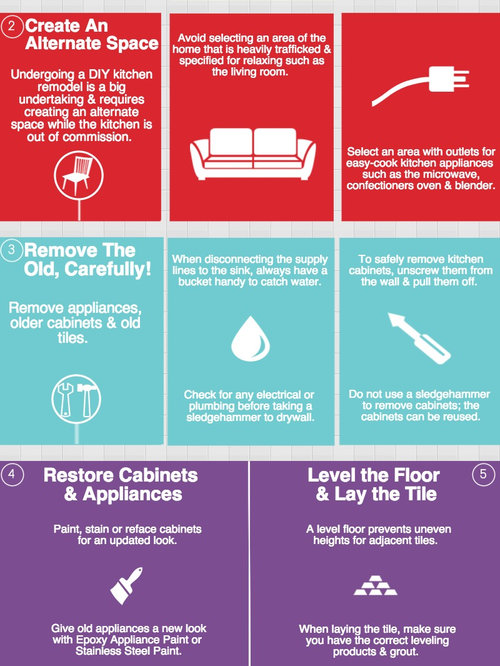How To Budget For Your Floor Covering Job: A Practical Guide
How To Budget For Your Floor Covering Job: A Practical Guide
Blog Article
Content By-McGrath Carr
When you're planning a flooring job, budgeting isn't practically choosing a number; it's about understanding what you truly need and the costs included. You'll want to analyze your details needs, research numerous materials, and prepare for unexpected expenditures. Think of how variables like area function and installation methods can impact your spending plan. But prior to you enter, there are some crucial details you might neglect that can considerably impact your overall expenses. Allow's explore exactly how to navigate these complexities and guarantee your job stays on track.
Assessing Your Floor Covering Needs
Prior to diving right into your flooring task, it's essential to assess your flooring requires. Beginning by thinking about the details locations where you intend to mount new floor covering. Think of the objective of each area. For example, kitchens and bathrooms call for water-resistant products, while living areas may gain from convenience and visual appeals.
Next, assess the status quo of your floors. Are there any type of architectural concerns, such as uneven surfaces or dampness troubles? Attending to these worries early can save you time and money down the line.
Additionally, keep in mind of the measurements of each area to figure out how much floor covering you'll need.
Don't neglect to consider your way of living. If you have family pets or young kids, toughness may be your leading priority, while a more official area may call for an elegant finish. Furthermore, think about your layout preferences. Do you favor a classic look, or are you drawn to modern-day designs?
Finally, be practical about just how much upkeep you want to commit to. Some products need even more upkeep than others. By recognizing your needs clearly, you'll be much better geared up to make enlightened selections as you progress with your flooring task.
Estimating Costs and Materials
Estimating costs and materials is a crucial step in your flooring task that can significantly influence your overall spending plan. Start by measuring your room properly to figure out just how much floor covering you'll need. For many products, you'll find prices by square foot, so collect quotes from numerous distributors to obtain a practical number.
Next off, take into consideration the sort of floor covering you want. https://kitchenislandremodelcost31985.blogthisbiz.com/38720812/why-epoxy-floor-covering-experts-are-important-for-long-lasting-sturdiness like hardwood, laminate, ceramic tile, or carpet all featured different cost points. Study the expenses for each and factor in any additional products like underlayment, sticky, or transition strips.
Do not fail to remember to consist of devices if you're intending a DIY setup, as leasing or acquiring equipment can contribute to your expenditures.
Labor costs are an additional vital consideration. If you're hiring experts, obtain price quotes from numerous specialists to ensure you're obtaining a reasonable rate. Be look at this website concerning the extent of job to prevent unexpected charges later.
Finally, it's important to allot a tiny percent of your allocate any type of unexpected prices connected to materials. By thoroughly approximating your costs and materials ahead of time, you'll establish on your own up for a smoother and much more workable floor covering task.
Preparation for Hidden Costs
Many home owners overlook the surprise expenditures that can arise throughout a floor covering project, which can cause budget plan overruns. To prevent this, you need to prepare for prospective added expenses.
First, take into consideration the problem of your existing subfloor. If it's damaged or irregular, you'll likely require repair work or progressing, which can include dramatically to your overall cost.
Next off, think about removal and disposal fees for your old flooring. Many service providers charge extra for this service, so element that into your budget.
Furthermore, do not ignore the costs of underlayment, which might not be consisted of in the first quote however are crucial for a successful installation.
You must likewise plan for unexpected issues, such as plumbing or electric work if your floor covering project includes moving components. It's important to set aside at least 10-15% of your complete budget for these unexpected expenditures.
Lastly, remember that licenses may be needed for sure installations. Constantly examine regional guidelines to stay clear of fines or delays.
Verdict
In conclusion, budgeting for your floor covering project is vital for an effective end result. By assessing your needs, approximating costs, and planning for covert expenditures, you'll stay clear of surprises and stay on track. Remember to reserve a portion of your budget for unexpected expenses and keep a detailed breakdown of your expenses. With careful planning and consideration, you'll create a beautiful room that fulfills your needs without breaking the financial institution. Happy flooring!
